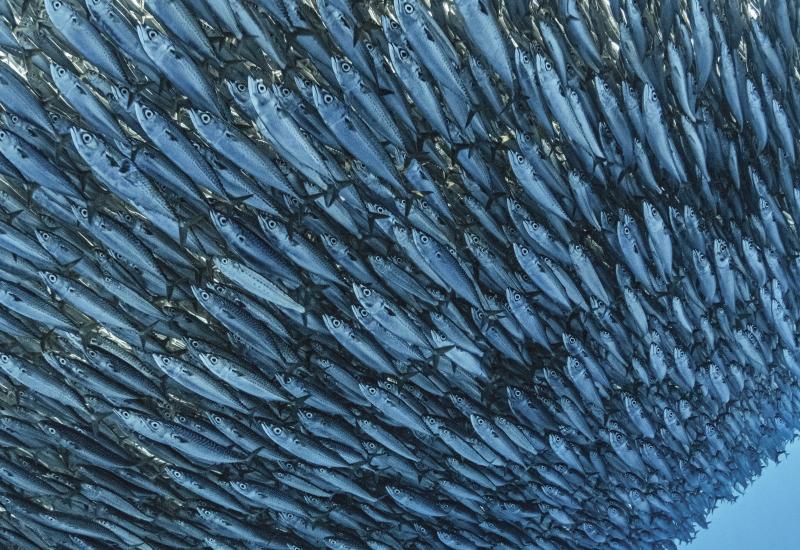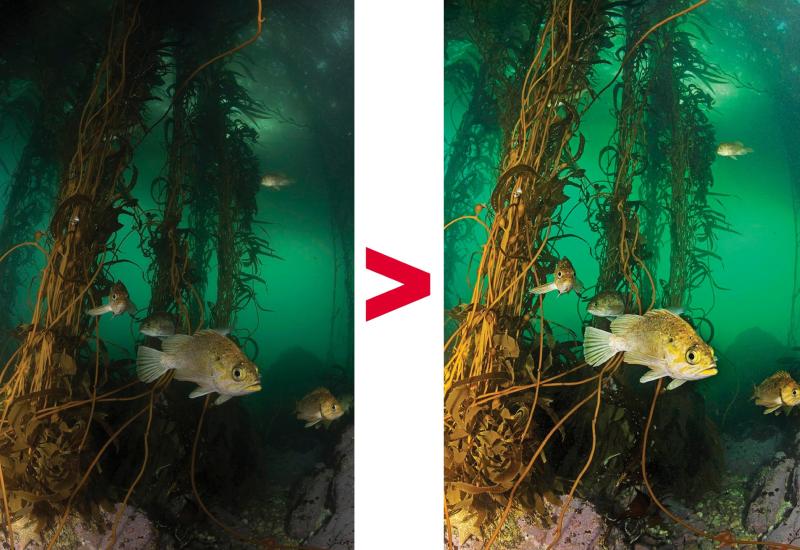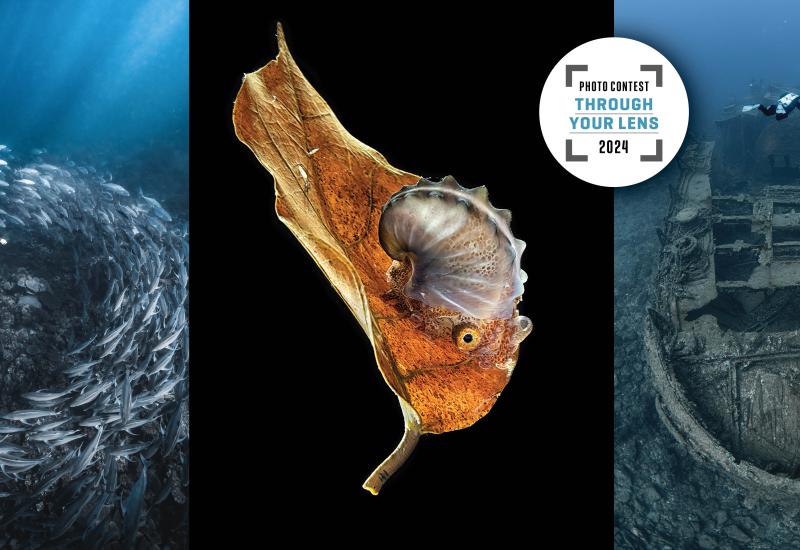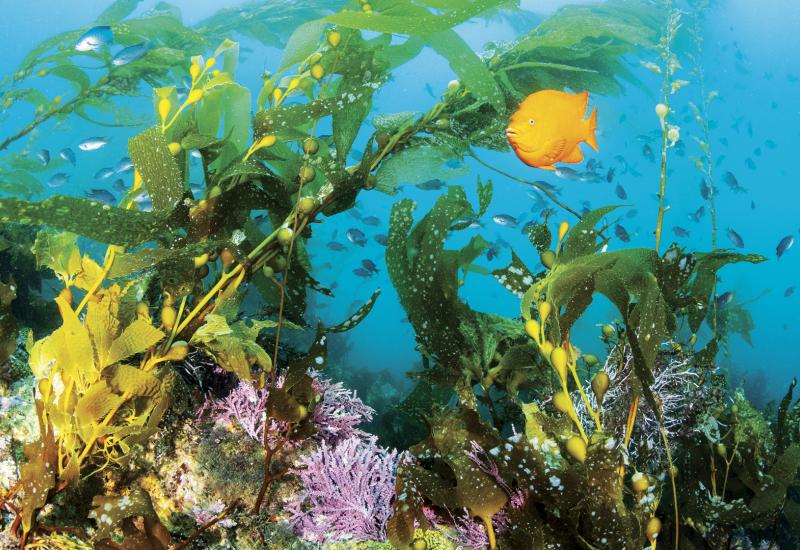How to Focus on One Photo Style in a Destination that Has Everything
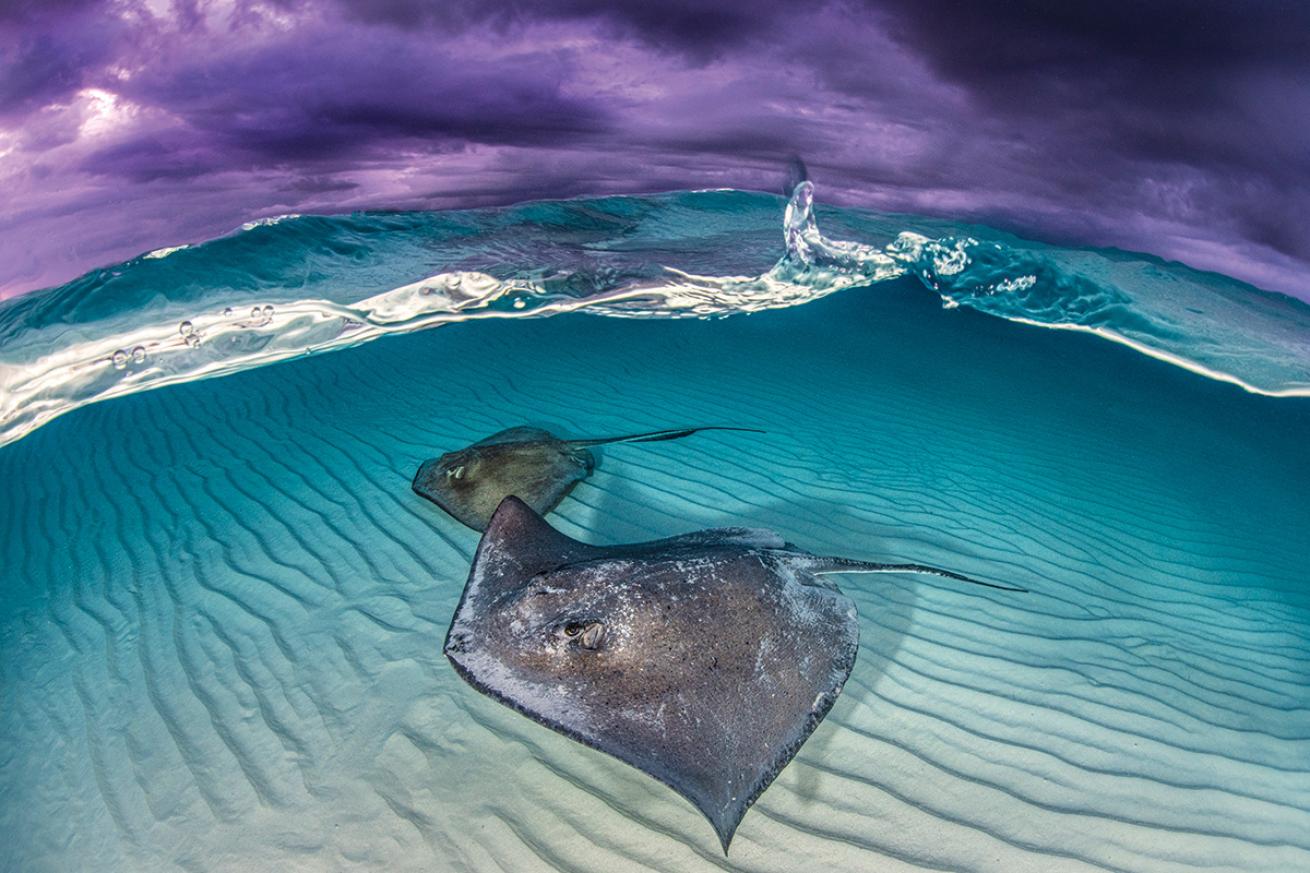
Alex MustardFriendly stingrays are easiest to shoot at the waist-deep sandbar.
The Cayman Islands present only opportunities to underwater photographers. Dramatic drop-off scenery, coral caverns, photogenic shipwrecks, playful stingrays, and thriving reef and macro life call for a disciplined approach.
Tip 1: Optimize, Don’t Generalize
A common mistake in all-rounder destinations is to select an all-rounder camera setup, perhaps using a zoom or wet lens. This sets you up to be able to shoot everything, but nothing exceptionally. A zoom lens on the wall will never produce wide-angle scenic images that can match those of an ultrawide fisheye, and it won’t capture macro subjects with the impact of a dedicated macro lens. Your goal as a photographer should always be to create a handful of standout photographs, not scores of average snaps.
Most diving in the Caymans is on two-tank dive trips, with the first dive on the wall and the second on a shallow site. In general, the wall is better for scenery, and the shallow reef is better for fish and macro photography.
All the Cayman Islands have impressive walls, especially so in Little Cayman, which is home to the stunning reef scenery of Bloody Bay Wall. Wide-angle photography is a must, especially with the fisheye. Your challenge is to endow your two-dimensional wide-angle photographs with as much visual depth as possible, so that they invoke a feeling of real-world, three-dimensional scenery. This means searching for both a foreground and background for your compositions. Foregrounds are everywhere, but backgrounds take some planning. Drop down over the edge of the wall and descend at least 15 feet below the lip before searching for subjects. This ensures that when you find a colorful sponge or friendly grouper you will have a background (the wall) ready. The more craggy the wall, the more interesting the background.
The Caymans aren’t critter capitals, but you can find plenty for your macro lenses. The clear water and friendly reef fish make it highly suited to fish portraits, using the reach of longer-focal-length macro lenses to keep subjects relaxed and pleasingly posed. Many of the resident photographers shoot almost exclusively macro. Black-water photography is gaining a following on the islands too.
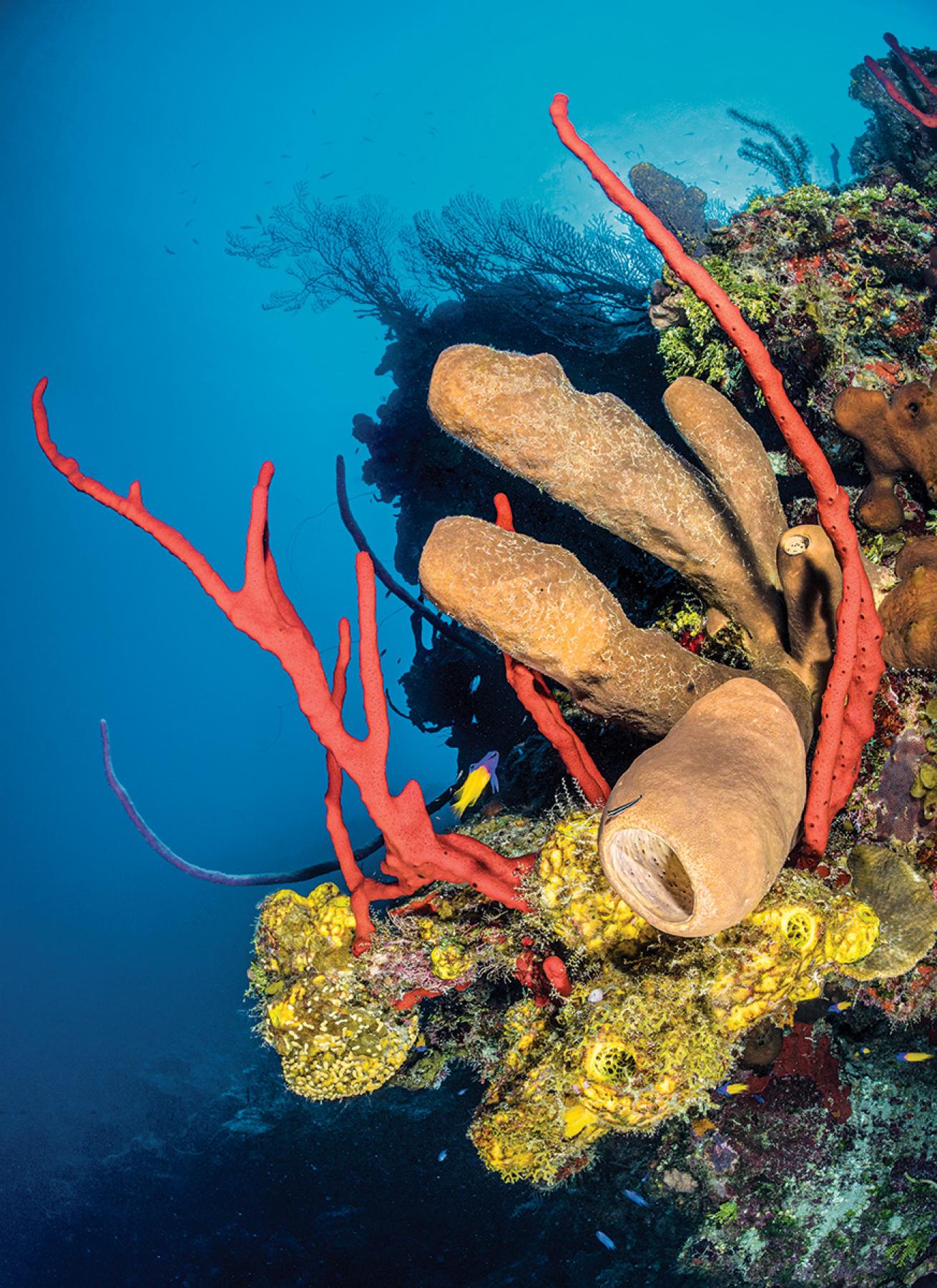
Alex MustardFisheye lenses make the most of foregrounds and backgrounds on the wall.
Tip 2: Shoot The Specials
The spectacular schools of silversides or minnows that gather in certain coral caves and wrecks are a summertime favorite. The schools sometimes grow so large that a whole boatload of divers can disappear inside them! Silversides offer quite a few options for images— wait for a plundering tarpon or jack to burst through the school, or swim slowly toward your buddy, taking a shot the moment the silver curtain opens, framing them in circle of fish. Smaller schools often form pleasing shapes that look amazing in the dark of the caverns with cathedral light beams dancing on them.
Cayman Brac and Grand Cayman are home to two of the world’s most photogenic purpose-sunk shipwrecks: the M/V Captain Keith Tibbetts and the USS Kittiwake, respectively. The Kittiwake is still completely intact and is a huge draw for photographers. It’s nicknamed “the Wreck of a Thousand Faces” because it offers so many photogenic angles.
The clear Caymanian waters are ideal for big wreck shots that showcase the recognizable structure. Such scenes are far too large to illuminate with flash, and the Kittiwake is at an ideal depth for filter photography, which restores the colors of the wreck and helps hold a strong blue water color. Using white-balance adjustments alone usually sucks all the color out of the water, leaving a washed-out image.
The sun is your light source for these wreck images, and it is important to dive a shallow wreck like Kittiwake at the right time of day, so the sun is illuminating the parts you want to photograph. An early afternoon dive is the perfect time to photograph the bow from the port side, while the shapely stern is fully illuminated in the morning.
No photo trip to Grand Cayman is complete without a visit to the friendly southern stingrays in North Sound. These rays have been habituated to handouts of squid, and even if you go without food you are guaranteed close encounters. For me the trick to getting the best shots is not to dive with them! There are two “Stingray Cities”: Divers are taken to the original Stingray City, which is 12 feet deep, while snorkelers visit Stingray City Sandbar, which is only waist deep. For me it is the latter that offers the most amazing photos. The shallow depth of the sandbar brings seabed, stingrays and surface into close proximity, for surface textures, reflections and split-level images. You don’t need strobes here, just a camera with a wide-angle lens. Focus underwater and close your aperture down and the depth of field will ensure that the fluffy white clouds are sharp too.

